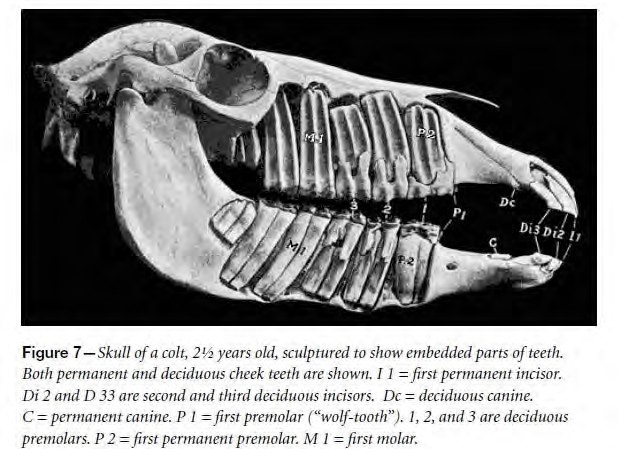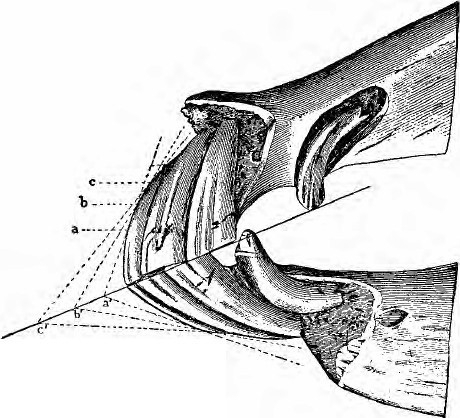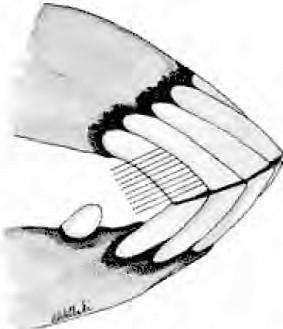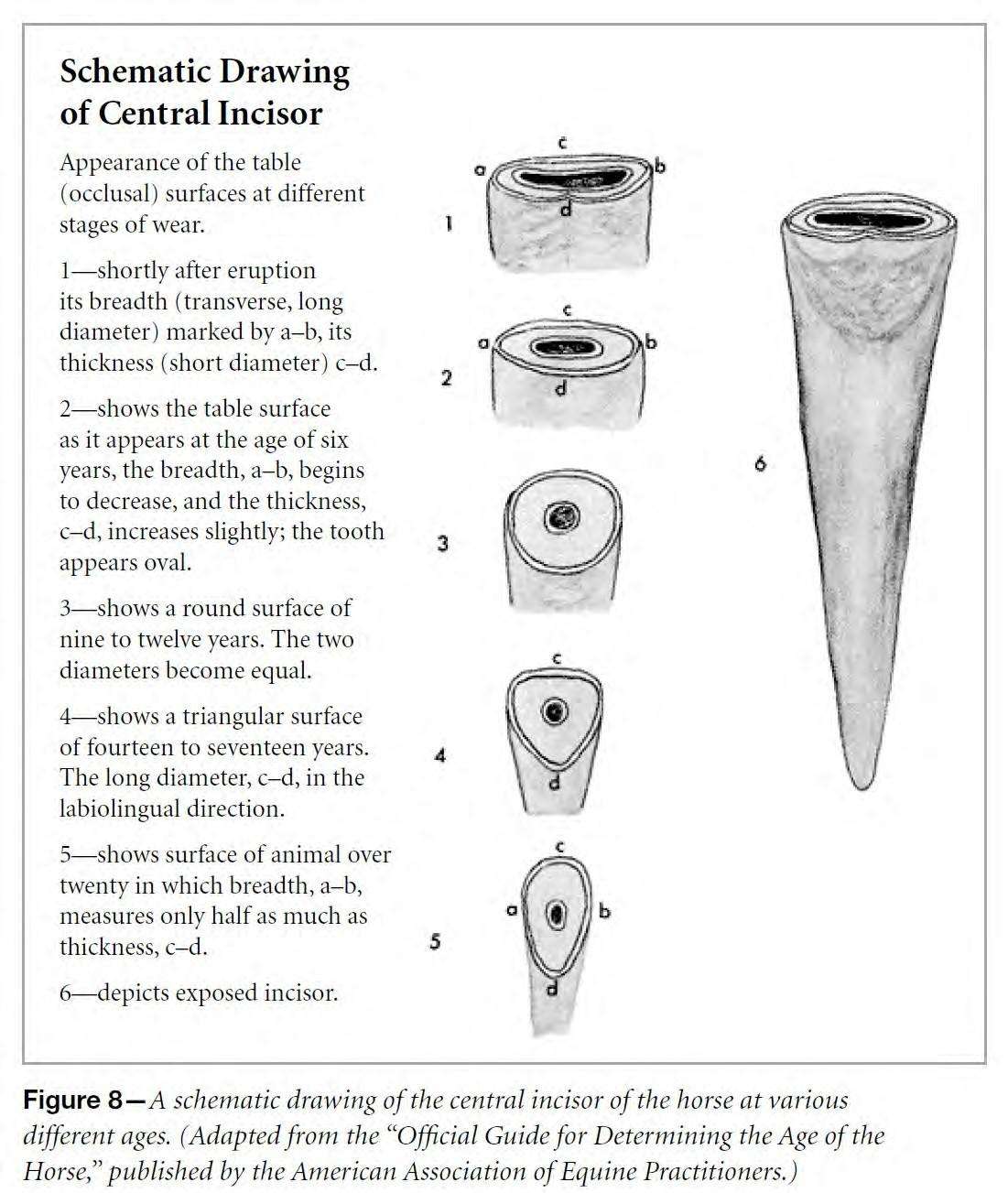NVAP Reference Guide: Appendix G: Equine Teeth and Aging
Control and Eradication
- Brucellosis
- Johne’s Disease
- Pseudorabies (PRV)
- Tuberculosis
- Transmissible Spongiform Encephalopathies
- Scrapie
- Bovine Spongiform Encephalopathy (BSE)
- Chronic Wasting Disease (CWD)
Poultry
- National Poultry Improvement Plan (NPIP)
- Avian Influenza (AI)
- Exotic Newcastle disease (END)
- Equine Disease
Animal Health Emergency Management
- Animal Health Emergency Management
- Emergency Response Structure
- National Response Framework (NRF)
- National Incident Management System (NIMS)
- National Animal Health Emergency Management System (NAHEMS)
- Foreign Animal Disease Preparedness and Response Plan (FAD PReP)
- FAD Recognition and Initial Response
- National Animal Health Emergency Response Corps (NAHERC)
- Notifiable Diseases and Conditions
- WOAH and International Standards
- Cleaning and Disinfection
- Disease Surveillance
- Laboratory Submissions
Animal Movement
- Interstate Regulations
- Interstate Movement of Cattle, Horses, Swine, Sheep and Goats
- Issuing Interstate Animal Movement Documents
- International Animal Movement
- Issuing International Health Certificates (IHCs) for Live Animal Movement
- Common Problems Observed on Certificates for Live Animal Movement
Animal Identification
- Animal Identification
- Cattle Identification
- Swine Identification
- Equine Identification
- Sheep and Goat Identification
- Fowl Identification
- Compliance and Regulations
Appendix
The age of horses, donkeys, and mules can be estimated by examining the eruption and wear patterns of the teeth. Figures 7 through 9 provide a usable reference to help the accredited veterinarian approximate a given horse’s age. These figures are reprinted with the permission of the American Association of Equine Practitioners from the “Official Guide for Determining the Age of the Horse.”

In determining the age of a horse by its teeth, the examination is usually limited to the incisors. Eruption of the premolars and molars (cheek teeth) is a fairly accurate indication of age but is used infrequently. After the permanent teeth are in wear, determination of age becomes more difficult and quite speculative. No single feature or sign along should be considered as reliable; all signs must be evaluated carefully. The eruption table given here is from Sisson and Grossman (19xx).
Eruption of the Teeth
The subjoined table indicates the average period of the eruption of the teeth.
| Teeth | Eruption |
|---|---|
| A. Deciduous: | |
| First incisor (Di 1) | Birth or first week |
| Second incisor (Di 2) | 4-6 weeks |
| Third incisor (Di 3) | 6-9 months |
| Canine (Dc) | |
| First Premolar (Dp 2) | Birth or first 2 weeks |
| Second premolar (Dp 3) | Birth or first 2 weeks |
| Third premolar (Dp 4) | Birth or first 2 weeks |
| B. Permanent: | |
| First Incisor (I 1) | 2 1/2 years |
| Second incisor (I 2) | 3 1/2 years |
| Third incisor (I 3) | 4 1/2 years |
| Canine (C) | 4-5 years |
| First premolar or wolf-tooth (P 1) | 5-6 months |
| Second premolar (P 2) | 2 1/2 years |
| Third premolar (P 3) | 3 years |
| Fourth premolar (P 4) | 4 years |
| First molar (M 1) | 9-12 months |
| Second molar (M 2) | 2 years |
| Third molar (M 3) | 3 1/2 -4 years |
| (The period given for P 3 and 4 refer to the upper teeth; the lower ones may erupt about 6 months earlier.) | |

| |
The Incisive Arcades
When the incisors are viewed in profile, the angle between the upper and lower i11cisors becomes more acute with age.

Schematic Drawing of Incisors, Irregular Wear
Illustration depicts teeth of excessive length, whjch may have resulted from too-acute angulation at a n early age, improper wear, or maintenance of the horse of a soft diet. Each line on the corner tooth represents approximately 1year's growth. If table (occlusal) surfaces of incisors indicate age of 10 years and teeth were as illustrated, showing 10 lines, the age of the horse may be estimated as 20. (Number of lines added to indicated age of table surfaces equals estimated age.)

Figure 9 - Equine incisors at various ages on the following pages (2.11 MB). (Scanned from the Official Guide for Determining the Age of the Horse, Published by the American Association of Equine Practitioners.)

